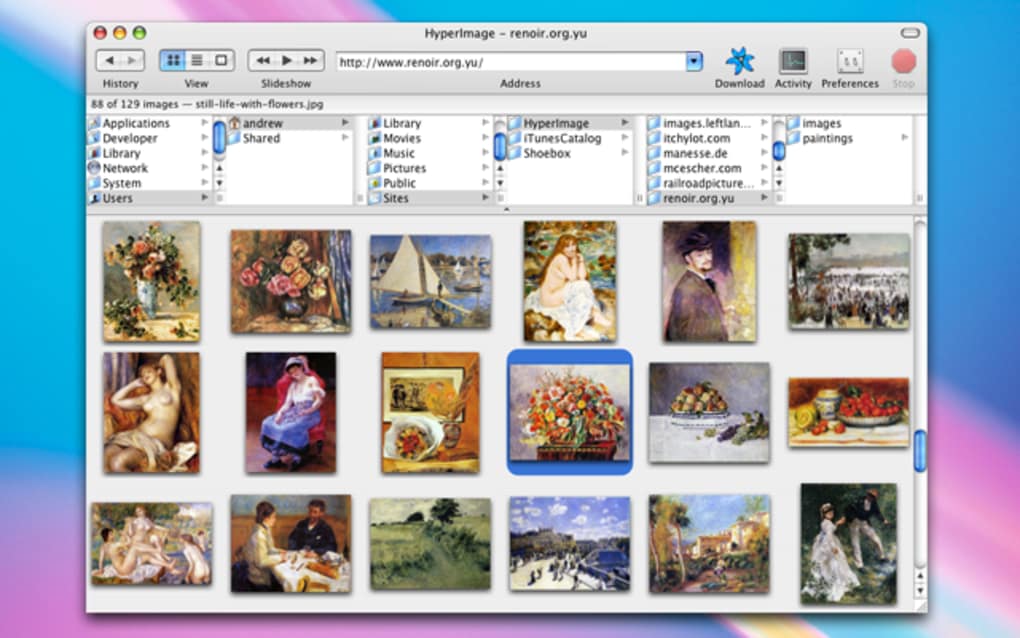
The most effective way for you to go through this tutorial is to run the listed example code in a MATLAB session as you proceed through the tutorial. And there is a full set of documentation available from within MATLAB itself which can be viewed by selecting Product Help from the Help menu. MathWorks, the developer of MATLAB, also has extensive MATLAB documentation including video tutorials on its website.

It is assumed that the student is familiar with the basics of using MATLAB.įor an introductory tutorial on using MATLAB, see the SCV tutorial an Introduction to MATLAB.

We will cover major visualization techniques such as slicing, color mapping, contouring, oriented glyphs, and streamlines.
Visualize hyperimage matlab how to#
In this tutorial we will use the command interface to show how to visualize scientific data using MATLAB graphics commands. You can either use the MATLAB GUI plotting tools to interactively create graphs (see Some Ways to Use Plotting Tools for more information) or you can use the command interface by entering MATLAB graphics commands in the Command Window. There are two basic ways to create graphs in MATLAB. It includes high-level functions for two-dimensional and three-dimensional data visualization, image processing, animation, and presentation graphics. MATLAB has extensive facilities for displaying vectors and matrices as graphs, as well as annotating and printing these graphs. MATLAB is an interactive system whose basic data type is the array or matrix. It integrates computation, visualization, and programming in an easy-to-use environment where problems and solutions are expressed in common mathematical notation. MATLAB is a high-performance language for technical computing. Slicing Scalar Visualization Algorithms Color MappingĬontours/Isosurfaces Vector Visualization Algorithms Oriented Glyphs Lighting MATLAB Data Types Modeling Visualization Algorithms Matrix to Surface Graphics Model Creating a Graphics Window Getting started A few basic hints that will help you get started.

Table of Contents Introduction A brief introduction.


 0 kommentar(er)
0 kommentar(er)
